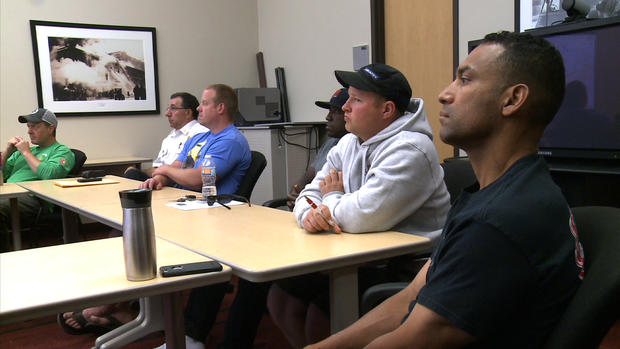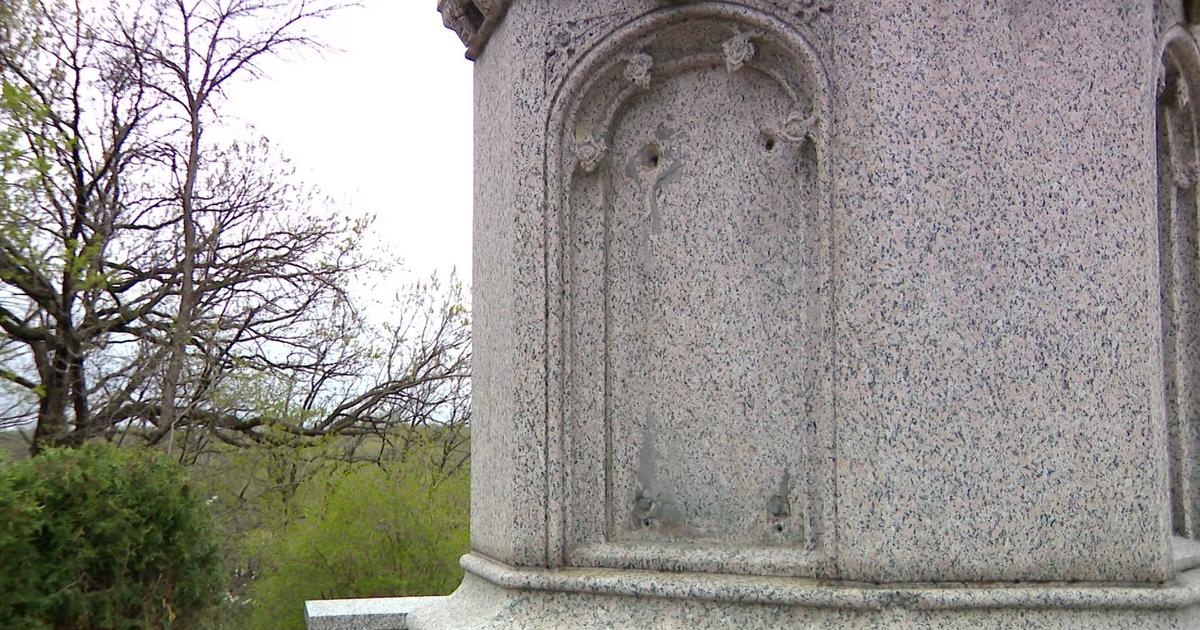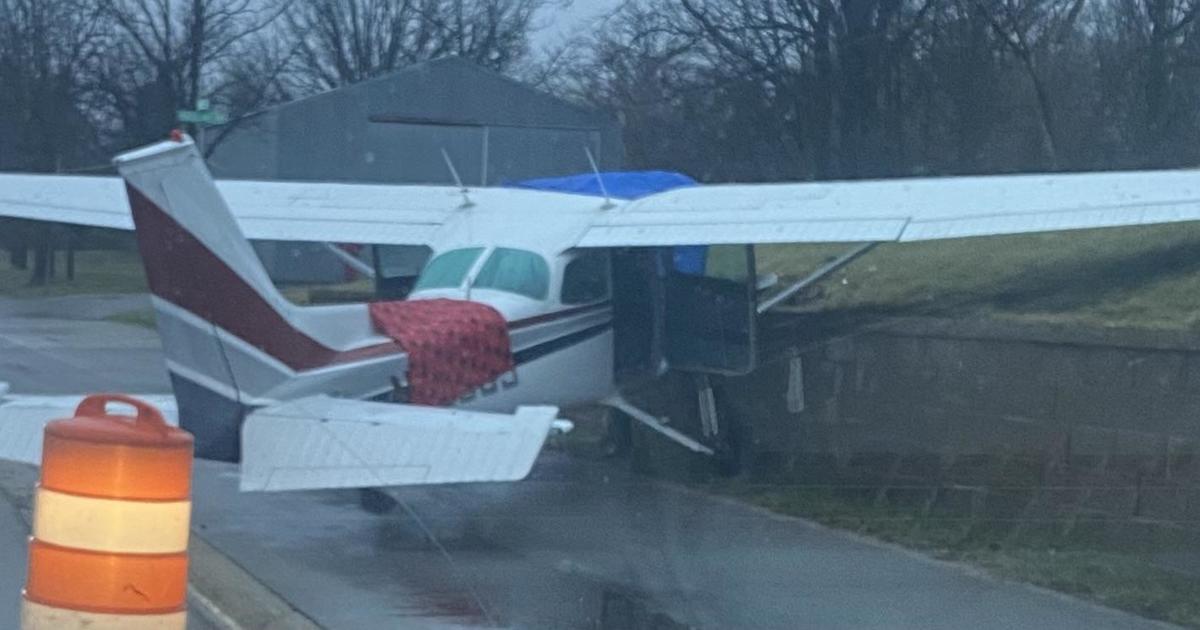Minn. Trains 5,700 First Responders For Oil Train Derailments, Explosions
ST. PAUL, Minn. (WCCO) -- State emergency officials say they have trained 5,700 first responders since 2014 on what to do in case of an oil train derailment and explosion.
That training is now required for emergency responders in Minnesota after a series of oil train explosions and fires around the country.
In Minnesota: Each one of the 15 to 25 trains running through Minnesota every day can carry up to a million gallons of volatile Bakken crude oil from North Dakota.
What state officials fear is a deadly derailment and explosion like one near Toronto that killed 47 people.
That's why Minnesota first responders along oil train corridors are taking rail safety training classes, including one offered in St. Paul.
In just two years, state officials say they've trained 5,700 first responders on what to do if an oil train derails.
"We like to show them in a classroom setting what the worst case could possibly be," said Kevin Reed, deputy director of the Minnesota Department of Public Safety Homeland Security and Emergency Management Agency. "And then back down in their training so they feel comfortable when they have to respond."
But the ranking Democrat on the House Transportation Committee says 375,000 Minnesotans live within one-half mile of railroad tracks -- and the state needs to do more to protect them.
"More track inspectors," said Hornstein. "See if we can route the most dangerous materials around densely populated areas. These are things we need. The training is important, but we really need to prevent these accidents from happening in the first place."
BNSF, the largest rail carrier in Minnesota, says it spent $300 million for safety improvements in just the last year.
And one top St. Paul firefighter says his department is working closely with the railroads to make the rails safer.
"The rail has been transporting similarly dangerous materials, chemicals, poisonous gases for a long long time," said Steve Zaccard, St. Paul Fire Marshal, "and you don't hear about it because they are very safe."
Amy McBeth, the public affairs director for BNSF Railway, says the company has cut derailments on main lines by 50 percent in the last 10 years.
It also reduces train speeds to 35 mph in cities with populations of 100,000 or more.
And it conducts daily inspections of crude oil rail lines.
Here's more detail from BNSF on its rail safety efforts:
Training:
BNSF and other railroads have been committed to training with first responders for decades, long before the state began requiring it. We conduct ongoing training with first responders and will continue our efforts with them.BNSF has trained 80,000 first responders across our network since 1996. In Minnesota, BNSF trained 2,150 first responders in the state in 2014 and 2015. In addition, the past two years we paid tuition and travel expenses for another 165 firefighters to travel to Colorado to the nation's railroad training and research center for more specific crude by rail training. An example of our ongoing training will occur later this week in Morris, MN, where we're participating in a table top exercise with local officials.
Prevention:
We have made significant improvements in safety and the statistics show it - during the past 10 years, BNSF has reduced mainline derailments by nearly 50 percent.This strong safety record comes from our multi-layered approach to preventing incidents through record investments in our private infrastructure, increased track inspections and technology, and strict operating procedures for trains carrying certain levels of hazmat.
In the past few years in particular, BNSF and the industry have taken several steps to further reduce risk of moving crude by rail.
BNSF reduced speeds of these trains to a maximum of 35mph in areas of 100,000 people or more.
BNSF conducts daily inspections of our main lines carrying crude oil in this region, which is more frequent than required by the FRA.
We put more trackside detectors along our routes (about every 20 miles on average in this area) and even more still along critical waterways (every 10 miles). These detectors warn of equipment issues and then if needed, we remove the cars from service sooner to prevent a potential incident.
Information:
In terms of transparency, BNSF has worked closely with first responders and emergency managers to get them the information they want and to continue to protect security sensitive information. Much of the information is already available upon request. BNSF created a website for responders to request information such as reports of hazardous materials shipped through their communities, online training, community training, the AskRail App that gives real-time information on rail cars, contents, and railroad contacts.




